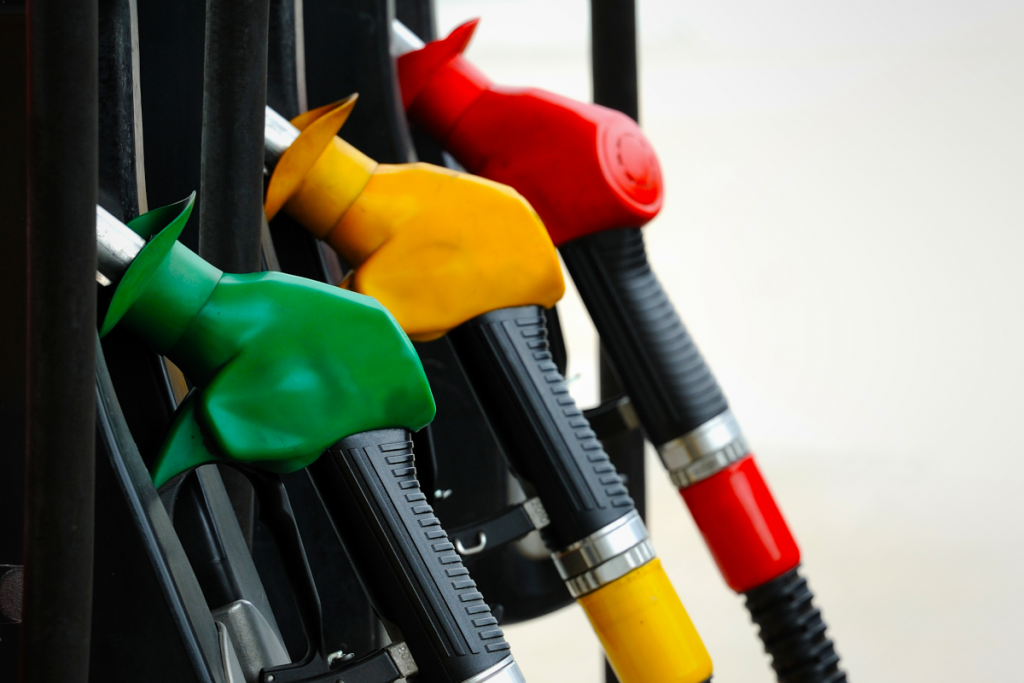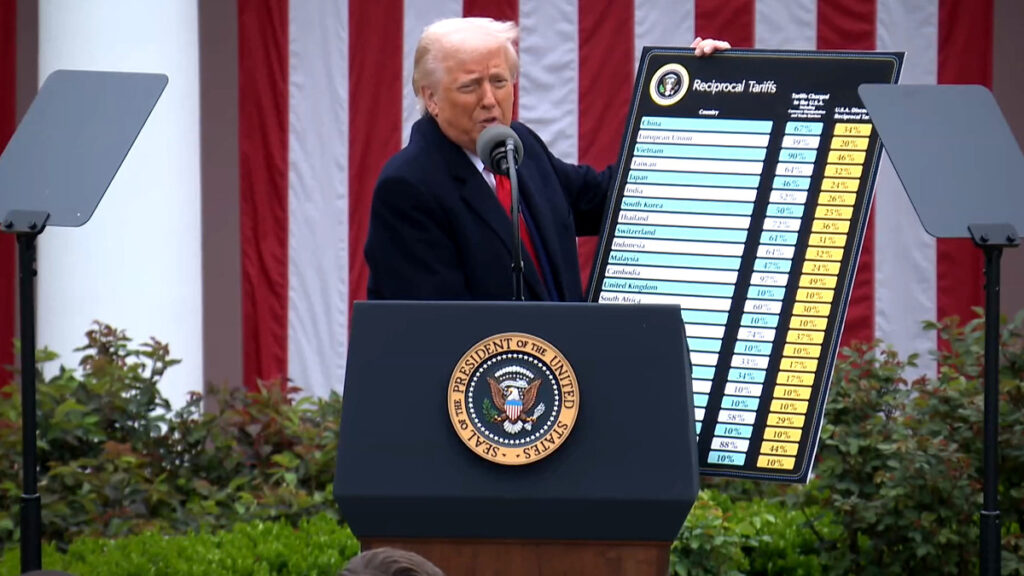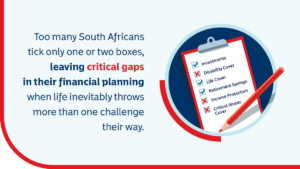Big trouble for diesel prices in South Africa

Early data from the Central Energy Fund (CEF) shows a significant under-recovery in diesel prices at the start of July, which could see increases at the pumps if conditions persist for the month.
This would lead to another big jump in prices following the 80 cents per litre hikes seen this week.
According to the CEF, diesel prices have started the month with an under-recovery of around 62/63 cents per litre.
In contrast, petrol prices are showing an over-recovery of between 17 and 20 cents per litre, pointing to possible cuts.
These are the early indicators for August:
- Petrol 93: decrease of 17 cents per litre
- Petrol 95: decrease of 20 cents per litre
- Diesel 0.05% (wholesale): increase of 63 cents per litre
- Diesel 0.005% (wholesale): increase of 62 cents per litre
- Illuminating paraffin: increase of 27 cents per litre
The start of the month is generally too early to make an accurate projection for where fuel prices will end up next month.
However, they are a solid indicator of how markets would have to shift over the coming weeks to make an impact.
For example, while fuel prices showed a small over-recovery at the start of June 2025, the sharp rise in global oil prices in the middle of the month pushed recoveries into the negative.
This resulted in the sizeable fuel price hikes on Wednesday (2 July).
With petrol prices now showing an over-recovery, a sharp increase in oil prices or a significant weakening of the rand versus the dollar would be required to push this into an under-recovery.
However, for diesel, a big turn in the international petroleum costs will be needed to bring recoveries to neutral, making it a more difficult path to cuts.
Diesel is often more expensive than petrol due to higher refining costs, processes and additives.
According to the CEF’s data, while the international product price component for petrol has flattened out since the peak of June, the component for diesel prices is slowly climbing higher, hence the large difference in pricing.
Oil prices lower as the rand holds

Positive news for recoveries is that the oil prices have remained relatively stable since the big swings of June, dropping to around $68 a barrel.
Crude prices have been volatile over the past three weeks, surging to over $80 a barrel on fears of escalation in the Israel-Iran war, which saw the United States’ direct involvement.
However, markets have since calmed down due to the apparent de-escalation of the conflict, although tensions remain high.
Bloomberg’s analysis of the market points to expectations that oil producers (OPEC+) will hike production, adding to the glut already forecast in the market.
Weaker oil prices are exacerbated by the outlook for global demand, which is under pressure due to uncertainty surrounding the United States’ trade position.
US President Donald Trump’s so-called “reciprocal tariffs”, which were paused in April, are once again in the spotlight. The hold is expected to end on 9 July. Should the tariffs kick in, global production will take a hit, and oil demand will drop.
According to Investec chief economist Annabel Bishiop, substantial progress has been made in negotiations with most of the US’s major trade partners, reducing global economic growth concerns.
Markets also expect an extension on the pause for countries—like South Africa—that are still negotiating. The outcome of the tariff pause and negotiations will also have an impact on the rand/dollar exchange.
The exchange rate is currently helping to boost local fuel recoveries, adding around 10 cents per litre to the over-recovery for petrol and cutting down the under-recovery in diesel.
Should the US impose the previously stated 30% tariff on South Africa, local markets are expected to take a hit.
However, this could be balanced by a weaker dollar because of the unpredictability of the US’s policy moves.
The dollar is also being impacted by the passing of Trump’s so-called “big, beautiful tax bill”, which will add trillions of dollars to US debt.
With many moving parts still in play, July could prove to be another volatile month for fuel price recoveries.




















